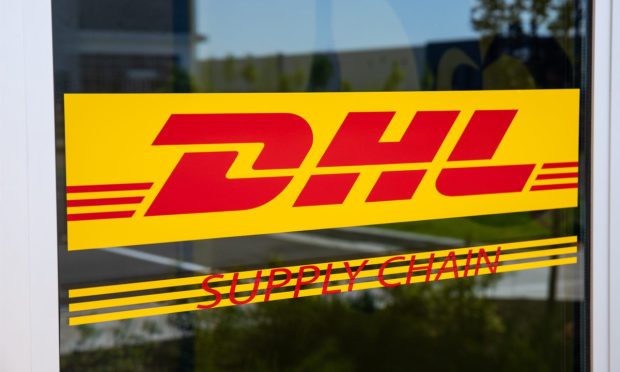DHL Supply Chain Teams with ReverseLogix on eCommerce Return Services

DHL Supply Chain, the contract logistics company within Deutsche Post DHL Group, has selected ReverseLogix to help it manage eCommerce returns, according to a Monday (Feb. 21) press release.
ReverseLogix provides end-to-end returns management systems for business-to-consumer (B2C) and business-to-business (B2B) needs.
Per the release, ReverseLogix will help out with giving customers a suite of eCommerce solutions to connect the returns system, letting companies streamline requests, logistics, inventory and processing. DHL wants to use this to help customers’ various requirements and needs.
The report notes that returns have “skyrocketed” in 2021, with the rate going up 78% to over $761 billion, per the National Retail Federation. DHL saw that surge correlate with growth for the company.
“Returns have rapidly evolved into a critical factor in satisfying today’s e-commerce customers prompting retailers to seek out partners like DHL Supply Chain to help implement and execute efficient, fast and cost-effective returns,” said Chris Blickhan, vice president of development, eCommerce, DHL Supply Chain.
“The selection of ReverseLogix positions DHL Supply Chain as a leader in establishing and operating e-commerce returns that further enables us to scale our portfolio to all retail players with maximum impact and minimum disruption.”
Retail has benefited from the pandemic restrictions going away over the past year, as more consumers go out and spend more to make up for their time away.
The National Retail Federation also said in January that spending for Valentine’s Day was likely to top $23.9 billion this year, which would be an increase from the $21.8 billion spent in 2021.
See also: American Consumers Expected to Spend $175 Each for Valentine’s Day
Over half of customers said ahead of time that they planned to celebrate the holiday, with three quarters of those celebrating saying it was “important” because of the pandemic’s current state.
Shoppers were likely to spend around $175 on average per person, which was a boost from $164.76 from last year.
